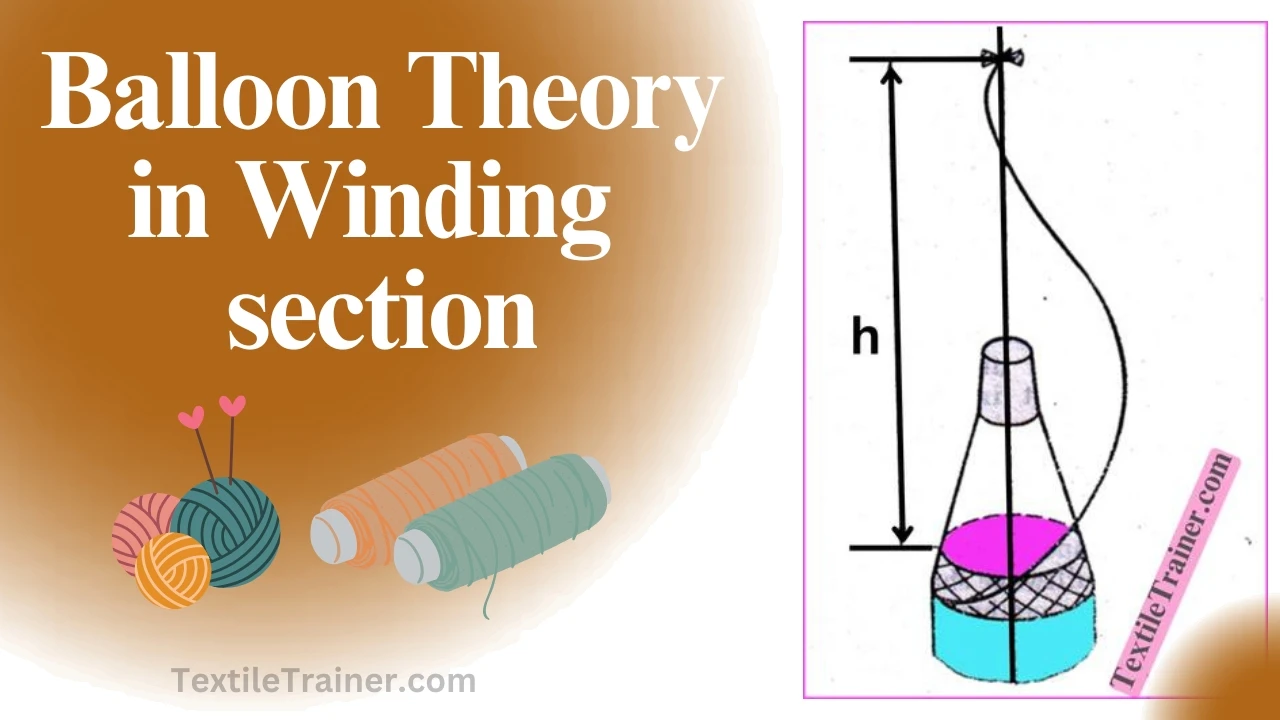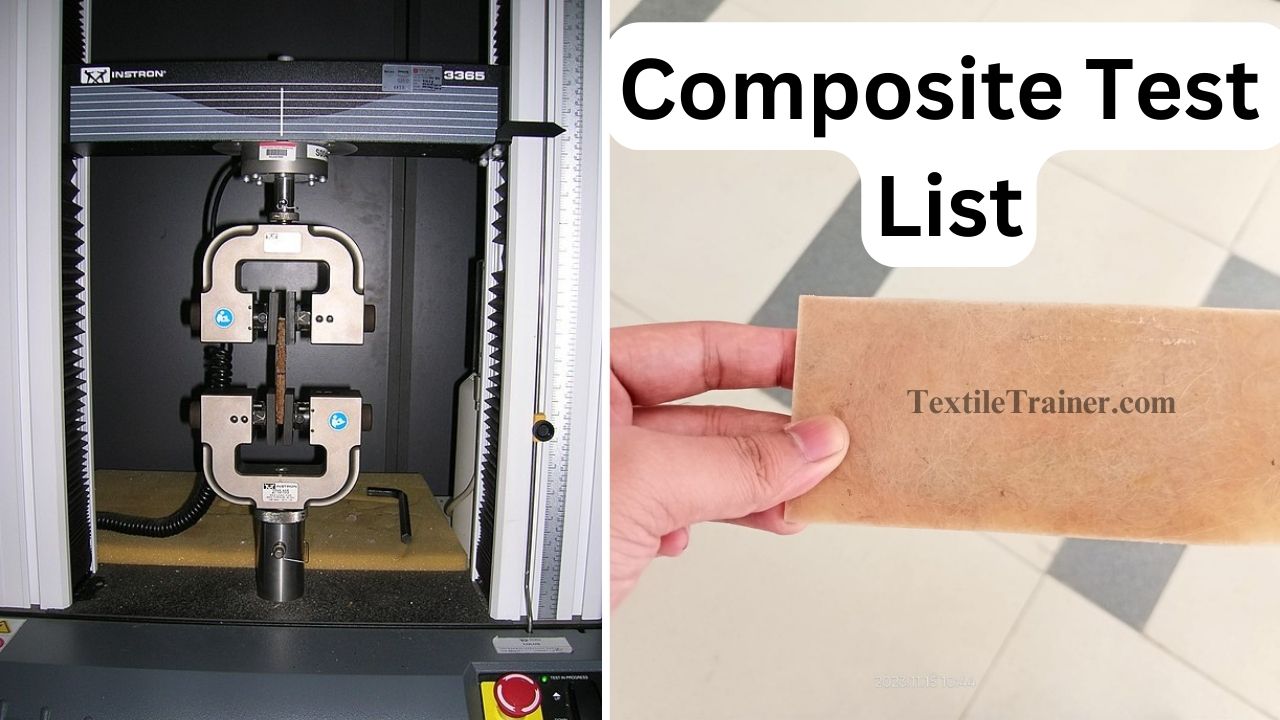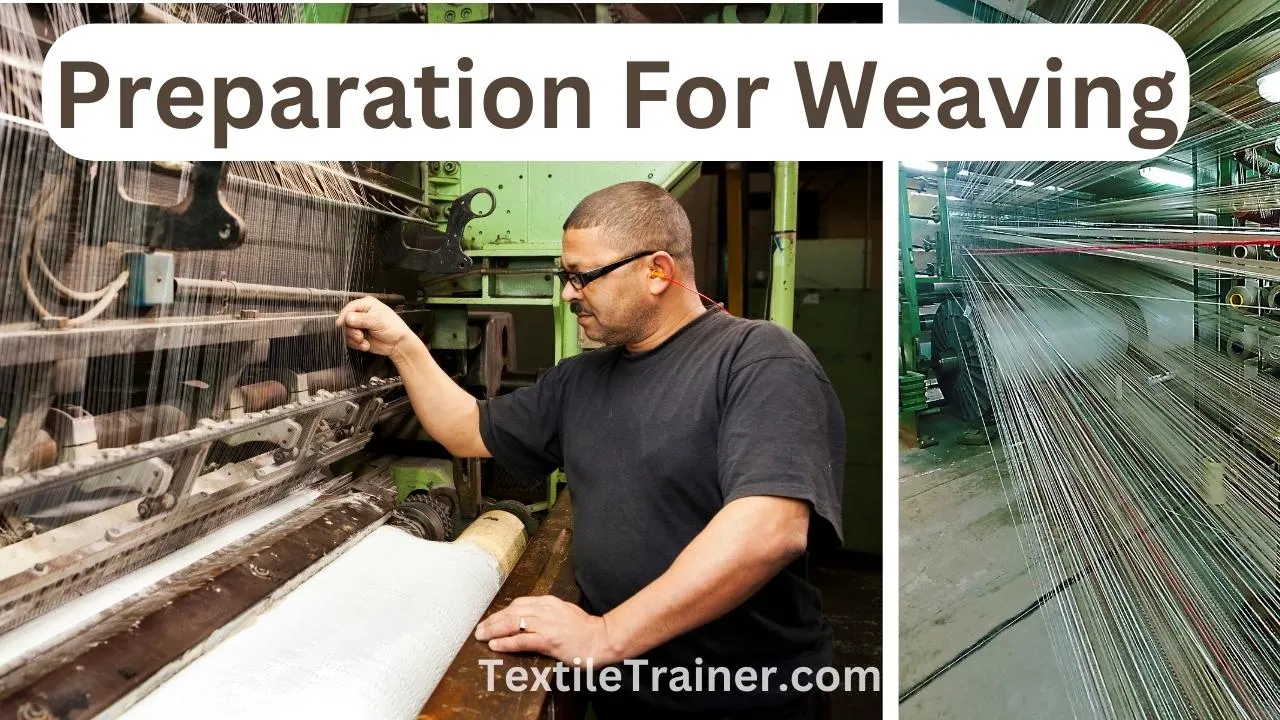Classification of Woven Fabric Based on Structure
What is Woven Fabric?
According to the type of structure and form of design desired, fabrics which is consist of longitudinal or warp threads and transverse or weft threads interlaced together is called woven fabric. Warp threads are commonly referred to as chain or tint, while warp threads are referred to as individual ends, while weft threads are referred to as picks and filling. We will refer to warp and weft threads collectively as threads in the following, but in order to distinguish them clearly we will refer to warp threads as “ends” and weft threads as “picks”.
Classification of Woven Fabric:
The following two categories of woven fabrics may be conveniently categorized according to their weave structures. Let’s come to learn latest classification of woven fabric base on their structure.
1.Simple Structure Woven Fabric:
In simple structure, the picks and ends intersect one another at right angles, while in cloth they are parallel. In these constructions, there is only one series of ends and one series of picks and all the constituent threads are equally responsible for both the utility and performance in a fabric and the aesthetic appeal of it.

2. Compound Structure Woven Fabric:
This fabric may consist of multiple series of ends or picks, some of which serve to form the fabric’s body, such as ground yarns, and others that serve to make the fabric’s appearance, such as ‘figuring’ or ‘face’ yarns. There are many pile surface constructions where some threads may project out at right angles to the fabric’s general plane in some of these cloths where some threads are not in parallel formation.

These are the classification of woven fabric. Now, we will learn how to identify of warp and weft thread in woven fabric simple way.
Identification of Warp and Weft:
A fabric’s warp and weft yarns have different demands and may differ in structure or fiber type. As a result, the warp yarns are stronger and more uniform with a higher twist because they must withstand the high tensions of the loom and the abrasion of weaving. Filling yarns are often fancy or specialty yarns that serve special purposes, such as high-twist crepe yarns, low-twist napping yarns, or Boucle yarns.

A person who deals with fabric, it is important to know how to identification of warp and weft thread from a fabric. It is easy to identification of warp and weft thread which fabric having selvedge. But sometimes a pcs of fabric send by buyer without selvedge. By closely examining both the length-wise and cross-wise yarns of the fabric, one can determine whether the fabric is warp or weft. In this article, I mention 10 easy identification of warp and weft threads that is given below:
- All fabrics have a selvedge that runs in the lengthwise (warp) direction.
- There is less elongation in the warp direction of most fabrics.
- Due to the tension of the loom, the warp yarns are straighter and more parallel in the fabric.
- Special-function yarns are usually oriented in the direction of filling.
- There may be a difference in fabric characteristics between warp and weft directions. As an example, poplin has a weft rib and satin has a warp float.
- Warp yarns are usually smaller, more uniform in structure and appearance, and have a higher twist.
- Weft yarns have a higher crimp because they must bend or flex over or under warp yarns due to how the loom works.
- Generally, warp yarns have a hard twist, as in serges and over coatings.
- Usually, filling yarns have slack twists. In order to achieve a soft, lustrous effect, little-twisted yarn use as filling.
- In a set with thicker yarns, this indicates the filling, since behavior yarns produce bulk without needing to twist as much.
Reference:
- banerjee, N. (2000). Weaving Mechanism. West Bengal: Smt. Tandra Banerjee and Sri Apurba Banerjee.
- Belal, P. D. (2016). Understanding Textiles for a Merchandiser. Dhaka: LB Graphics & Printing.
- Corbman, B. P. (1987). Textile Fiber to Fabric. Singapore: McGraw Hill Book Co.
- Gandhi, K. (2012). Woven Textiles. New Delhi: Wood Publication Limited.
- Gokarneshan, D. N. (2009). Weaving Preparation Technology. Delhi: Abhishek Publications.



